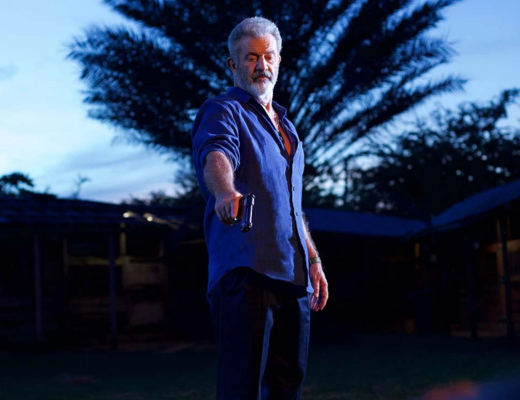Whenever anyone mentions the 1998 Oscars, the conversation inevitably turns to the great “injustice” of Shakespeare in Love beating Steven Spielberg’s Saving Private Ryan for Best Picture. But the real injustice of the 1998 Oscars wasn’t denying Ryan the top prize, it was in not rewarding Terrence Malick’s masterpiece, The Thin Red Line. After directing Days of Heaven in 1978, the notoriously reclusive director seemingly disappeared from filmmaking for two decades before resurfacing in 1998 to adapt James Jones’s novel about the WWII battle of Guadalcanal. Unlike Spielberg’s epic, which opened and closed with a literal waving flag, The Thin Red Line took a much more nuanced approach to warfare. Where Spielberg focused on themes of nobility and sacrifice, Malick opens with a crocodile sliding gracefully into a pond, and John D. Smith’s whispered voiceover: “What’s this war in the heart of nature? Why does nature vie with itself? The land contend with the sea? Is there an avenging power in nature? Not one power, but two?” It’s clear right from the beginning that this is not a typical war film. There are no grand acts of heroism here, no didactic speeches or declarations of patriotism. Malick isn’t interested in such things; instead he’s concerned with broken humanity and empty nationalism. In The Thin Red Line, war is nothing to be celebrated or glorified — it’s nothing less than the rape of the natural world. Malick juxtaposes images of violence with images of nature, and the subsequent destruction wrought, as if it were the desecration of a holy temple.
War is nothing to be celebrated or glorified here — it’s nothing less than the rape of the natural world.
For a war film, The Thin Red Line is surprisingly light on actual violence. Malick mostly focuses on its consequences — and when the violence does occur, the film almost shudders in revulsion. Just as the land is chewed up and destroyed (“It’s just dirt” one soldier muses as he realizes the gravity of the sacrifice he’s made for it) so too is the human spirit. It’s no wonder, then, that Malick seems so fascinated by the peaceful Polynesian islanders, whose idyllic home provides a sort of refuge for a couple of AWOL soldiers. There, free from the destructive power struggles of the first world, the soldiers finally find some measure of peace. War isn’t natural, and in those fleeting moments of beauty, amongst the scenes of manmade carnage, we come to realize the true toll of its destructive force. Rarely are war films this lyrical and introspective; this is a breathtaking work that stands as one of Malick’s crowning achievements (second, for this writer, only to 2011’s The Tree of Life). Malick grapples with big questions and captures the horrors of war in a poetic way that no other filmmaker ever has. While there is certainly room in this world for the exultations of honor and duty of Saving Private Ryan, no amount of bloody carnage as seen in that film could compare to the sheer profundity of Malick’s meditative condemnation of human folly.
Part of Kicking the Canon – The Film Canon.







